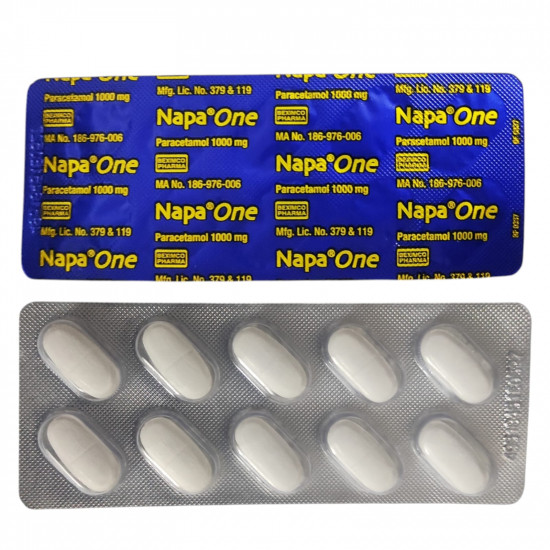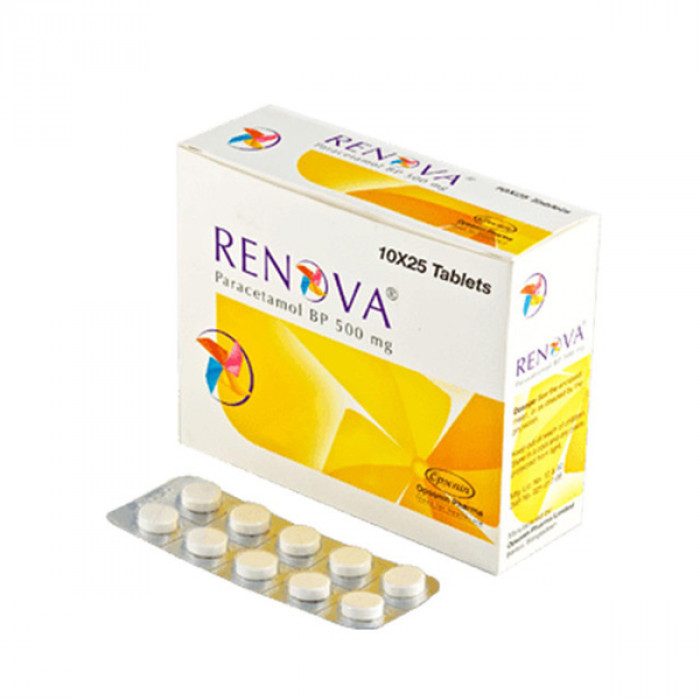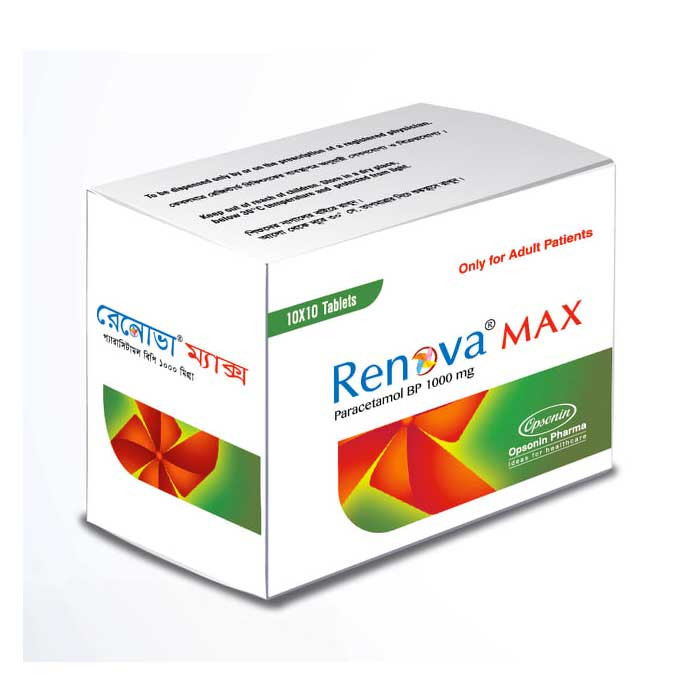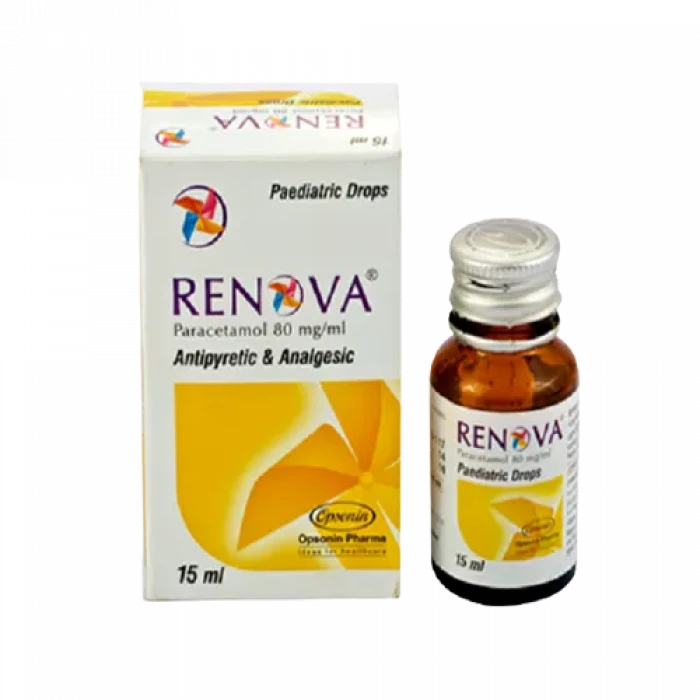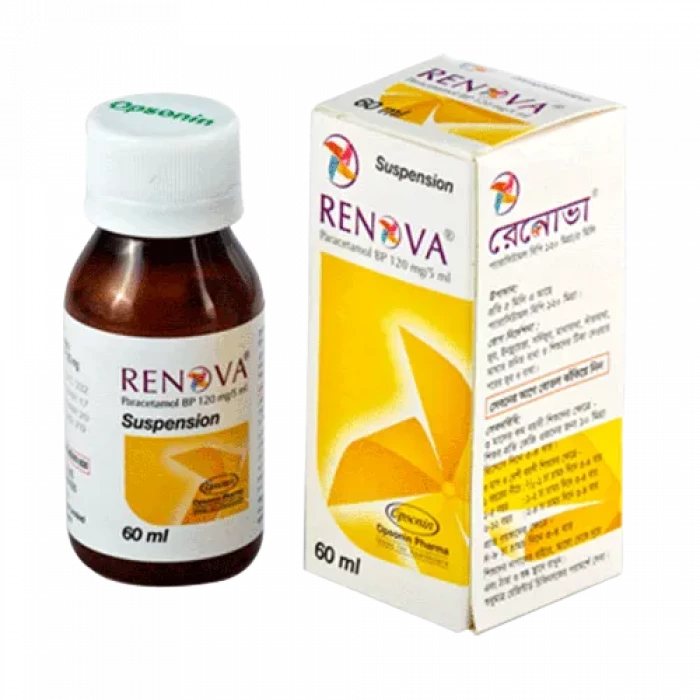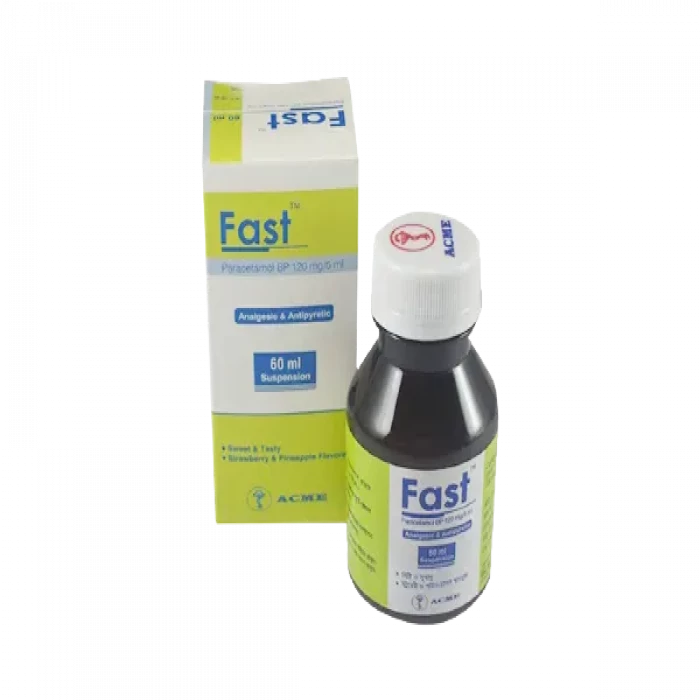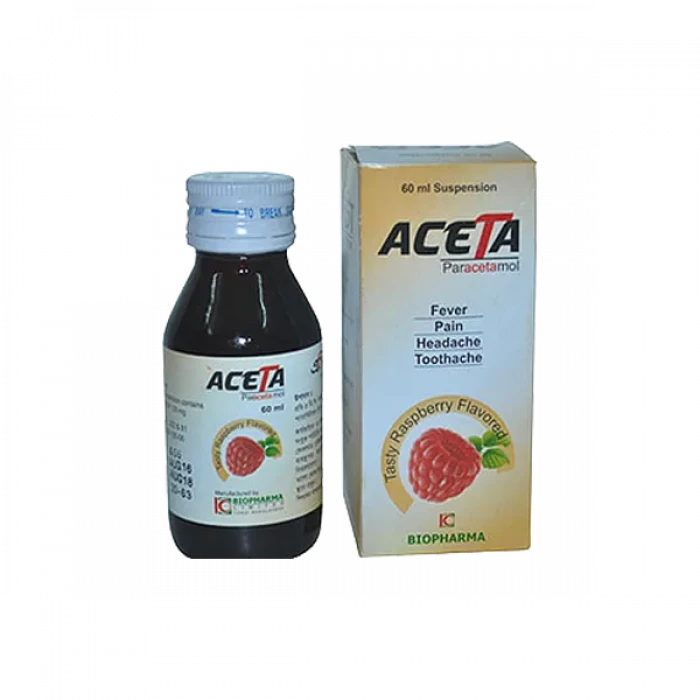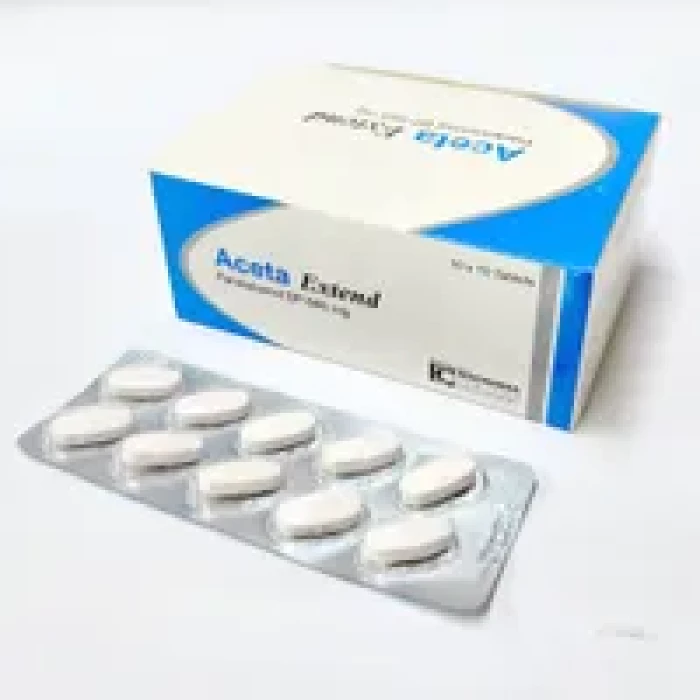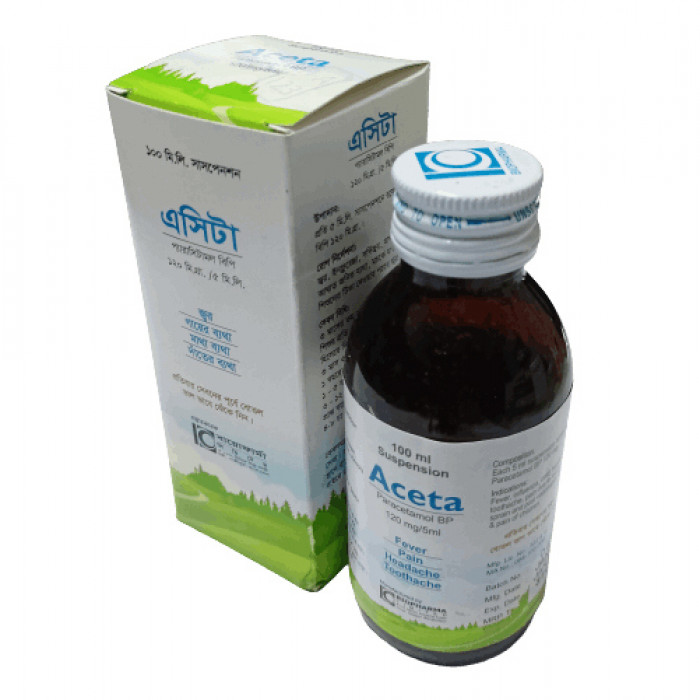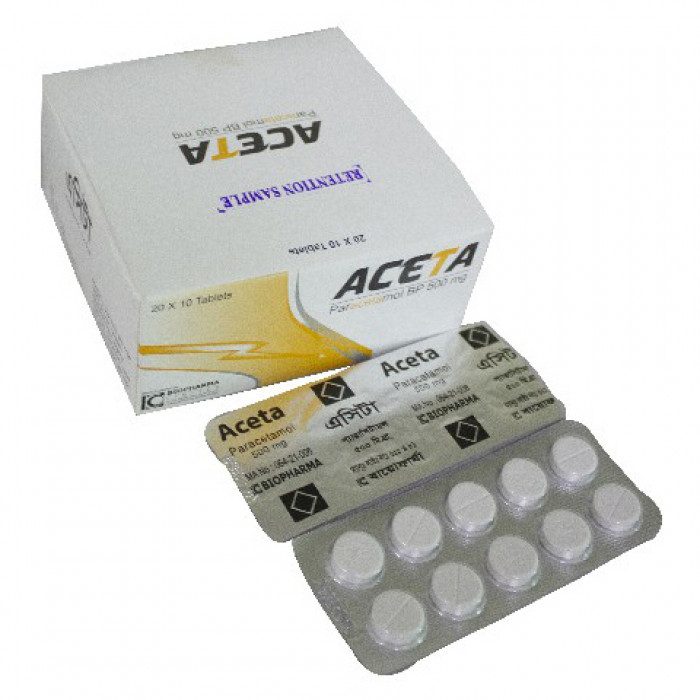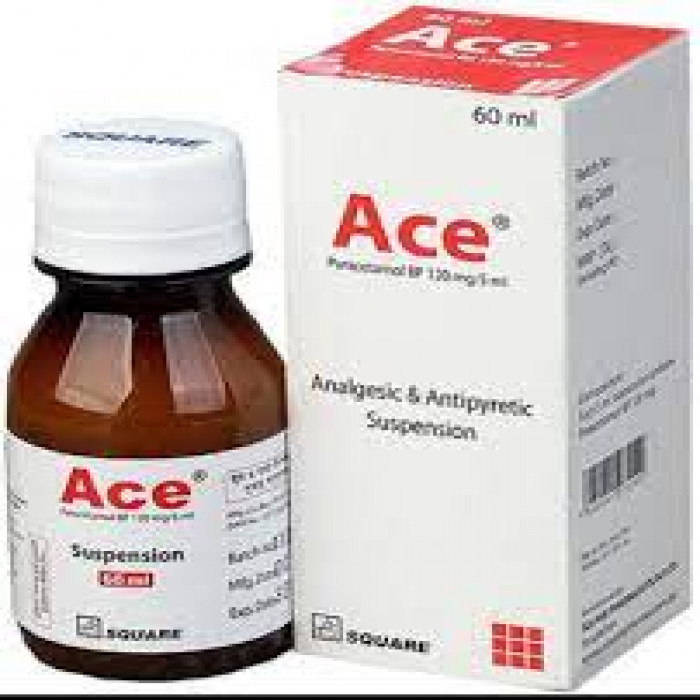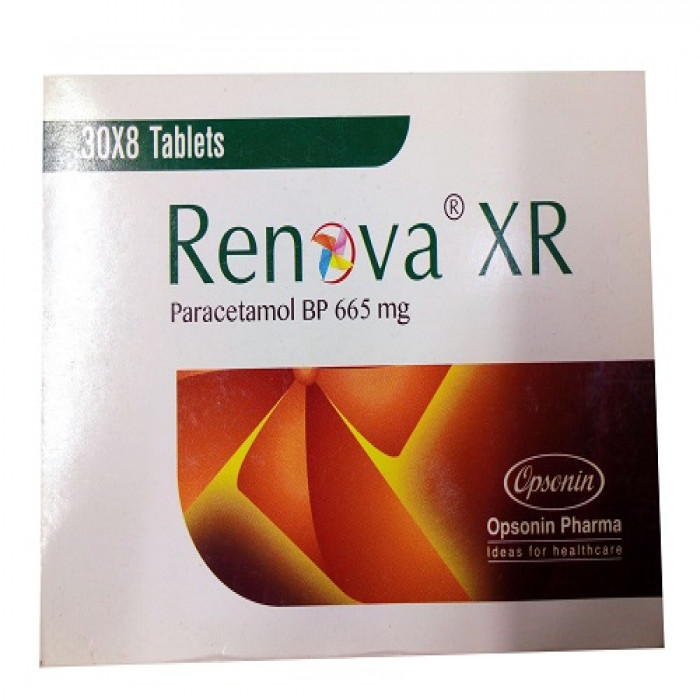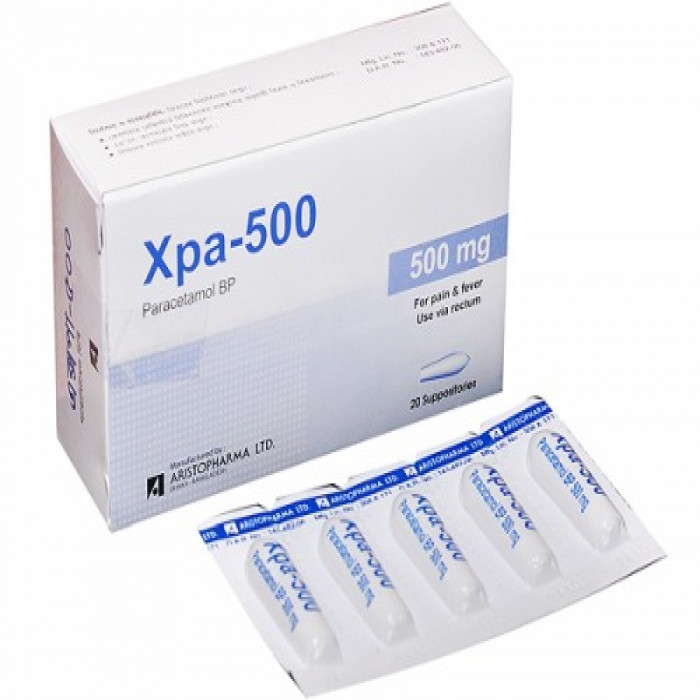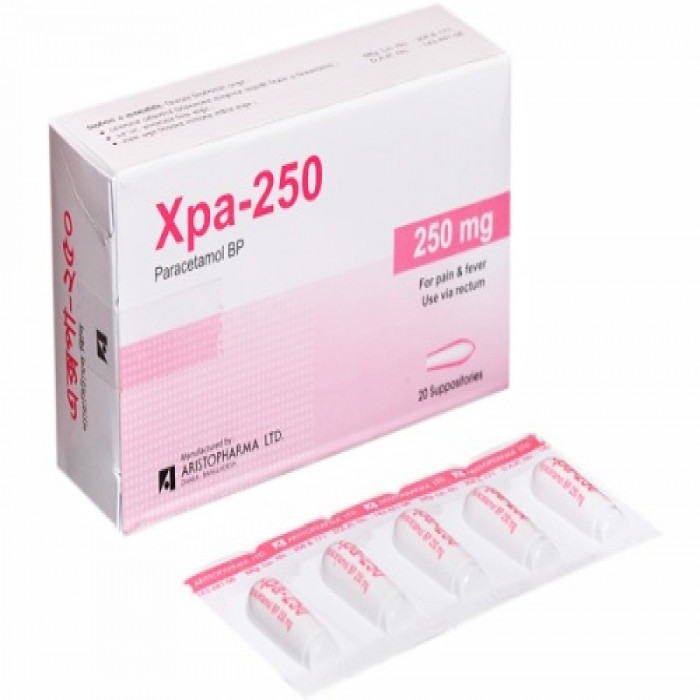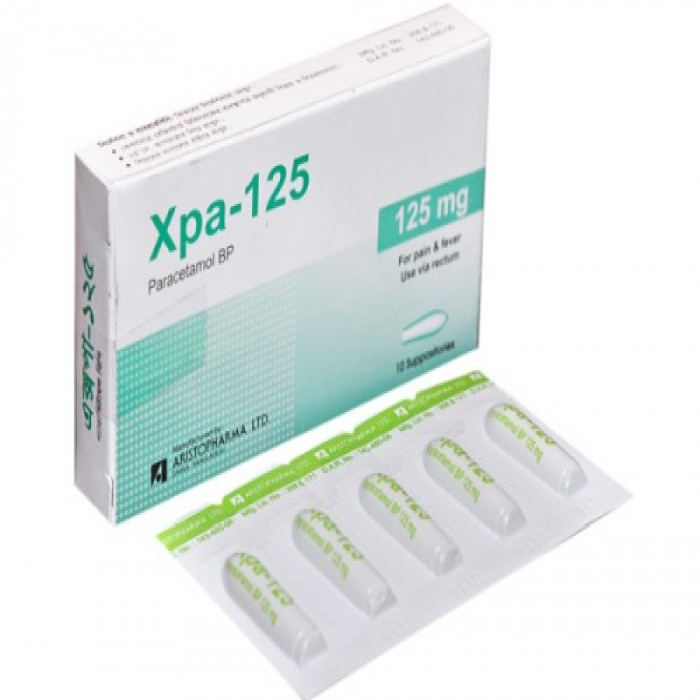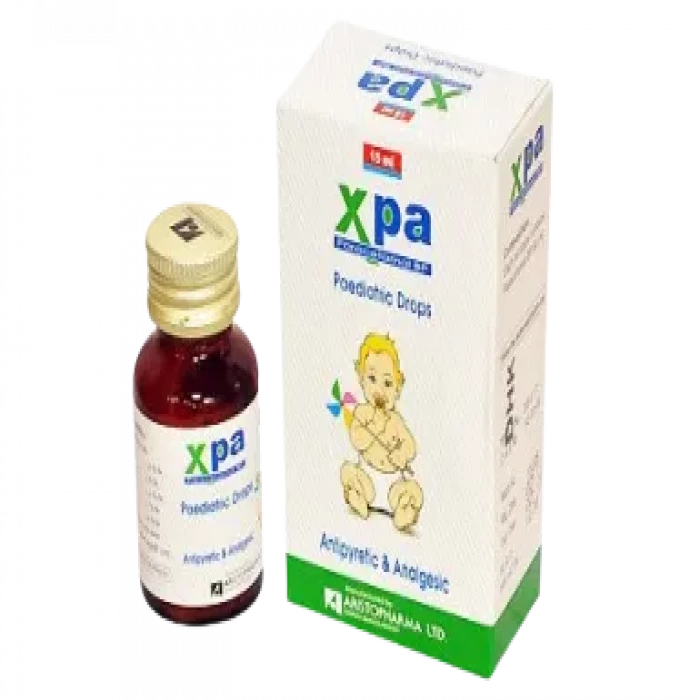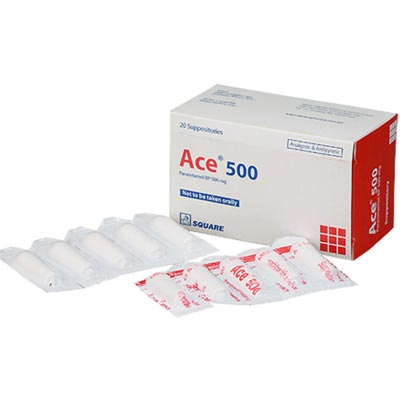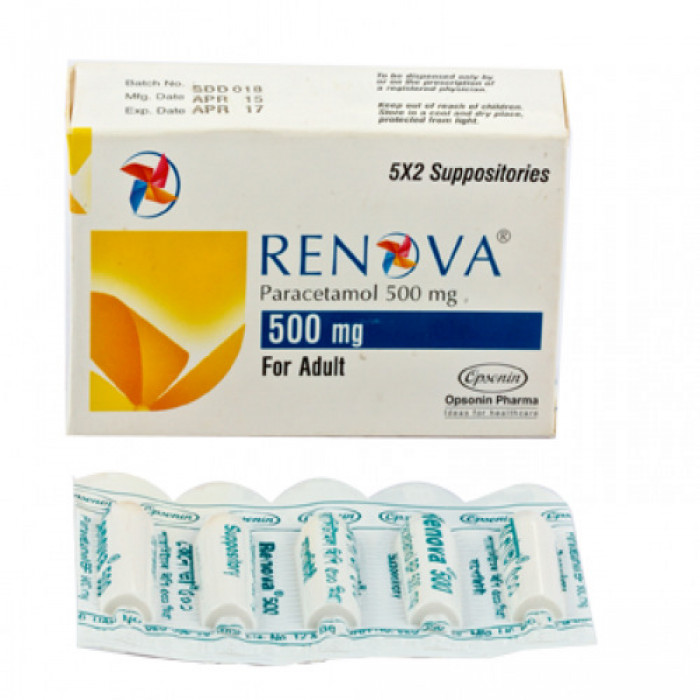
✔ 100% Authentic Product
👁️ Currently Viewing 1725
Renova Suppository 5Pcs
Generic Name: Paracetamol
Manufacturer/Distributor: Opsonin Pharma Limited
Discount
Price: ৳ 38
MRP:
৳
40.15
5%
Off

100% Genuine Products, Guaranteed

Safe & Secure Payments, Always

Fast, Secure & Efficient Delivery

Proper Packaging
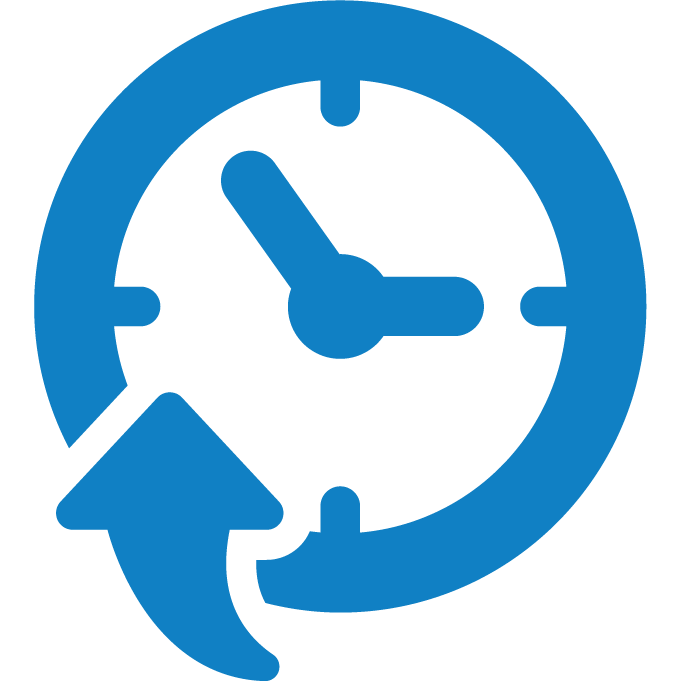 Cash on Delivery - All over Bangladesh
Cash on Delivery - All over Bangladesh Regular Delivery - 12-24 Hours, Dhaka City* Charge Tk.39-59
Regular Delivery - 12-24 Hours, Dhaka City* Charge Tk.39-59 Regular Delivery - 24-48 Hours, Other Cities* Charge Tk.99-110
Regular Delivery - 24-48 Hours, Other Cities* Charge Tk.99-110
 ফ্রি ডেলিভারিঃ - ৯৯৯ টাকা+ অর্ডারে, ঢাকা
শহরে
ফ্রি ডেলিভারিঃ - ৯৯৯ টাকা+ অর্ডারে, ঢাকা
শহরে ফ্রি ডেলিভারিঃ - ২৯৯৯ টাকা+ অর্ডারে, ঢাকার
বাহিরে
ফ্রি ডেলিভারিঃ - ২৯৯৯ টাকা+ অর্ডারে, ঢাকার
বাহিরে
100% Genuine Products, Guaranteed
Safe & Secure Payments, Always
Fast, Secure & Efficient Delivery
Proper Packaging
 Cash on Delivery - All over Bangladesh
Cash on Delivery - All over Bangladesh Regular Delivery - 12-24 Hours, Dhaka City* Charge Tk.39-59
Regular Delivery - 12-24 Hours, Dhaka City* Charge Tk.39-59 Regular Delivery - 24-48 Hours, Other Cities* Charge Tk.99-110
Regular Delivery - 24-48 Hours, Other Cities* Charge Tk.99-110 ফ্রি ডেলিভারিঃ - ৯৯৯ টাকা+ অর্ডারে, ঢাকা
শহরে
ফ্রি ডেলিভারিঃ - ৯৯৯ টাকা+ অর্ডারে, ঢাকা
শহরে ফ্রি ডেলিভারিঃ - ২৯৯৯ টাকা+ অর্ডারে, ঢাকার
বাহিরে
ফ্রি ডেলিভারিঃ - ২৯৯৯ টাকা+ অর্ডারে, ঢাকার
বাহিরে
✅ Description:
Indications
Paracetamol is used to treat a variety of conditions in children, including fever, the common cold, influenza, headache, toothache, earache, bodyache, myalgia, neuralgia, dysmenorrhea, sprains, colic pain, back pain, post-operative discomfort, inflammatory pain, and post-vaccination pain. Along with treating joint stiffness, it is also utilized to treat rheumatic and osteoarthritic pain.
Pharmacology
Analgesic, antipyretic, and anti-inflammatory properties are all present in paracetamol. By inhibiting both isoforms of the cyclooxygenase, COX-1, COX-2, and COX-3 enzymes involved in prostaglandin (PG) production, paracetamol (acetaminophen) is thought to primarily work in the central nervous system (CNS). A para aminophenol derivative with analgesic, antipyretic, and anti-inflammatory properties is paracetamol. A widely used, secure, and effective painkiller is paracetamol. It is well tolerated and free of side effects associated with aspirin.
Dosage & Administration
Suppository:
Children aged 3 to 12 months: 4 doses of 60 to 120 mg.
Children aged 1 to 5: 125–250 mg four times per day.
Children aged 6 to 12: 250–500 mg four times per day.
Adults and kids over 12 years old: 0.5-1 gm four times per day.
Interaction
Barbiturates, tricyclic antidepressants, and alcohol may impair a patient's ability to properly metabolize high doses of paracetamol. Alcohol may make paracetamol overdose hepatotoxicity worse. Chronic use of anticonvulsants or oral steroid contraceptives raises liver enzymes, which can increase first-pass metabolism or clearance and prevent the therapeutic Paracetamol levels from being attained.
Contraindications
It is not recommended if you have a known hypersensitivity to paracetamol.
Side Effects
Although most side effects of paracetamol are minor, haematological responses such as thrombocytopenia, leucopenia, pancytopenia, neutropenia, and agranulocytosis have been recorded. Pancreatitis, skin rashes, and other allergic responses are rare.
Pregnancy & Lactation
According to the USFDA, pregnancy category B. This medication should only be taken during pregnancy if absolutely necessary.
Precautions & Warnings
Patients with poor kidney or liver function should use caution when using paracetamol. Patients who are taking other medications that damage the liver should use caution when using paracetamol.
Storage Conditions
Keep away from light and heat in a dry area. Keep out of children's reach.
⚠️Disclaimer:
At ePharma, we’re committed to providing accurate and accessible health information. However, all content is intended for informational purposes only and should not replace medical advice from a qualified physician. Please consult your healthcare provider for personalized guidance. We aim to support, not substitute, the doctor-patient relationship.




